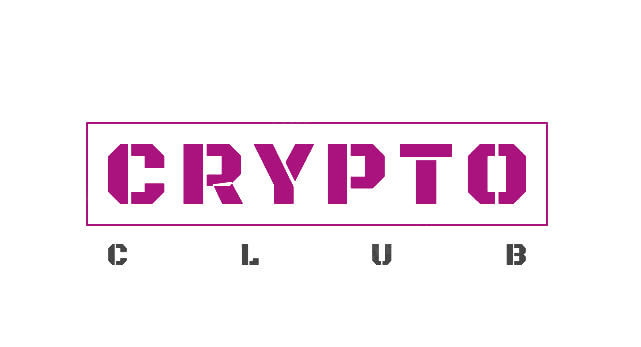PRESS RELEASE. PotCoin (Ᵽ) is migrating from its old blockchain to Nexus (NXS). PotCoin has made Nexus the platform of choice, believing that together they will best serve the growing cannabis industry. The North American recreational and medical cannabis market is already worth $17.7 billion in 2021 and is expected to reach $47.3 billion by 2027 [1], with an estimated annual growth rate of 44 percent. As cannabis is increasingly decriminalized and legalized around the world, the potential for economic growth is exponential. After careful consideration, PotCoin has identified Nexus as the most suitable platform to support its ambitions in this growing sector.
With the industry’s enormous growth prospects, we needed a platform that could handle the future volume of transactions. The scalable architecture, the development of DApps via APIs, the replacement of static private keys with One Time Signatures (OTS) and the use of state-of-the-art post-quantum cryptography were all key factors in our decision to migrate to Nexus. The $POT community is very happy and grateful for Nexus’ warm welcome. With this partnership and the incredible technology we now have, we are fully prepared to create solutions that will change the future of the cannabis industry! – Josh Intecity
The migration is done via a decentralized plug-in created for bitcoin-based coins. At that point, the PotCoin community will be able to enjoy free transactions and use the $POT as it was originally intended: as a currency for the cannabis industry. The $POT team plans to expand the use of tokens as incentives for distributors and as incentives for customers.
Future DApp development for $POT includes supply chain management to verify certification standards and quality assurance from seed to sale (S2S). The technology is built with Nexus assets and tokens that can be easily configured via the Nexus API. Assets are a data storage system that can maintain a continuous record and history of any digital object, including its current and past state. Transferring and claiming assets between blockchain accounts (SigChains) provides supply chain history and all asset changes. Coins, on the other hand, can be a tradable representation of many goods, such as the latest harvest. This allows the Nexus platform to capture supply chain data without having to manage complex statuses and histories in a single contract, as other blockchain technologies do. Of course, DApp will replace existing S2S tracking systems like MJ Freeway, which currently have a monopoly in states like Utah [2].
Founded in 2014, PotCoin (Ᵽ) was the first cryptocurrency developed to provide financial services to the cannabis industry, which at the time was considered unsuitable by traditional banking institutions. PotCoin, like Nexus, is a community-driven project that functions as a decentralized organization where the community ultimately influences the development and direction of the project. PotCoin combines deep industry knowledge with key partnerships, an engaged community and broad marketing reach in its cannabis awareness efforts.
About Nexus
Nexus.io (NXS) is building a new internet powered by a blockchain operating system (LX-OS) and a routing protocol (Nexus Protocol), creating distributed satellite constellations and content delivery and edge computing on the ground. At the core of this system is the Nexus TAO framework, a seven-layer software stack that enables simplified implementation of smart contracts, decentralized applications (DApps), tokens and non-disruptive tokens (NFTs, i.e., assets) through a set of extensible application programming interfaces (APIs).
Contracts: Nexus offers a 64-bit registry-based virtual machine at the heart of its smart contract engine. The API suite gives developers access to many out-of-the-box contractual features. This relieves DApp developers of the burden of learning a smart contract language.
Tokens and assets (NFT): The basic method of creating tokens is simple, even for non-technical people with a Nexus desktop portfolio. All data can be stored on the Nexus flowchart as assets. Once created, assets can be transferred to other accounts according to the contractual terms agreed upon.
Ease of use: SigChains by Nexus addresses the main limitation of lockdown – private key management. Users can log in to their Nexus Wallet with a username, password and PIN, which gives them access to all accounts, tokens and assets. It is therefore no longer necessary to store wallet.dat files and manage private keys.
Database : Unlike most other blockchains that use Google LevelDB or Oracle BerkeleyDB for storage, Nexus has developed a low-level database (LLD) that is orders of magnitude better than most storage systems and remains constant over time, meaning it doesn’t slow down as new data is added.
Security: The Nexus security model uses multiple layers of redundancy to ensure system security. Key techniques include the use of uniquely generated private keys for each transaction (which reduces the attack window) and the secondary use of quantum resistance (QR) based cryptography, such as Falcon and Saber.
This is a press release. Readers should do their own due diligence before taking any action regarding the advertised company or any of its subsidiaries or services. Bitcoin.com shall not be responsible or liable, directly or indirectly, for any damage or loss caused or alleged to be caused by or in connection with use of or reliance on any such content, goods or services mentioned in the press release.
Photo credit: Shutterstock, Pixabay, Wiki Commons
